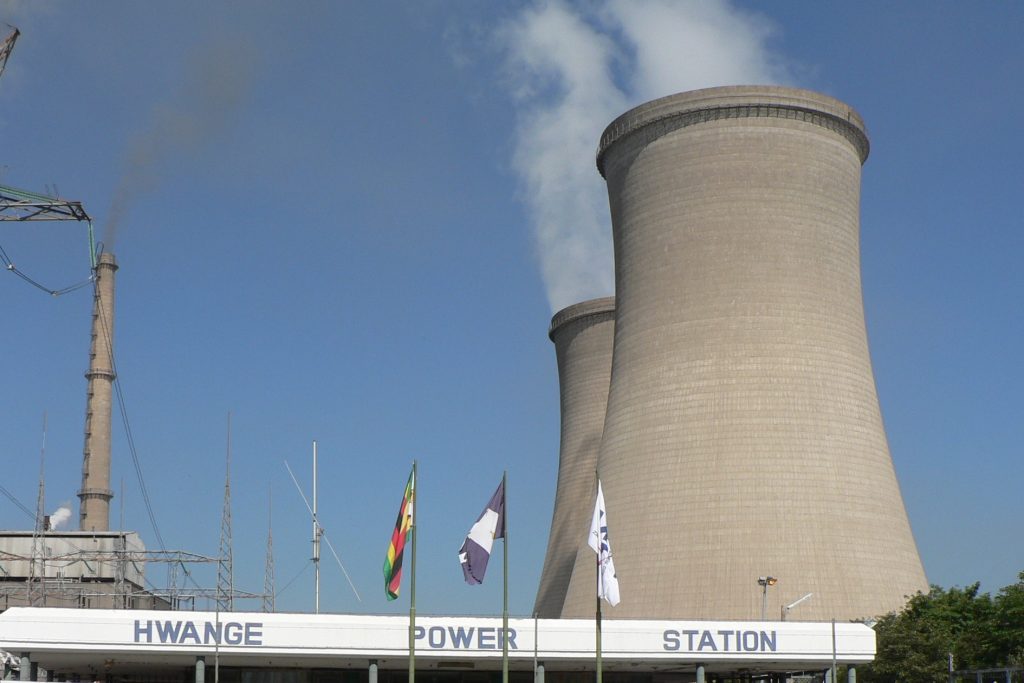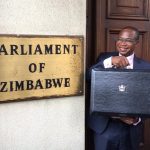Hwange
Commissioned between 1983 and 1986, Hwange is the country’s largest coal-fired power station with 920MW installed capacity. However, the plant now produces less than half its capacity.
It is fed with coal from the adjacent Wankie Colliery, via a 6km conveyor belt from the opencast mine, and also from the Makomo and Coalbrick mines. However, coal supply has been erratic and the old plant breaks down often. Water for the plant is pumped from the Zambezi, 44km away, and Zimbabwe is talking to India for US$43million to upgrade the Deka pipeline.
A plan to expand Hwange was stalled for years, again over debts. However, after a trip by President Emmerson Mnangagwa to China early in 2018, China agreed to proceed with the US$1.5 billion deal. Sinohydro, funded by China’s Eximbank, has begun work to add two 300MW units, which will increase Hwange’s capacity to 1520MW. The project is expected to be completed in 2022.
Munyati
Five kilometres off the Harare-Bulawayo road, some 30km near Kwekwe, the Munyati Power Station was built from 1946, the same year as the Nuremberg trials after World War 2.
The thermal station had a capacity of 120MW initially but now has capacity of under 20MW. The station is lying idle. Desperate to revive the plant, government sought new partners to add 60MW. The 2015 tender was awarded to Jaguar Overseas, an Indian firm. The job was never done.
After four years of waiting, in March this year, ZPC acting MD Robson Chikuri wrote to the Procurement Regulatory Authority of Zimbabwe to cancel the Jaguar deal: “A due diligence by ZPC on Jaguar Overseas Limited noted that whereas Jaguar Overseas Limited indicated that they had secured 100% funding for the project, only 15% of the funding could be confirmed by their funders.”
How had ZPC signed up a company that couldn’t do the job?
Samuel Undenge, then Energy Minister, had remarkably insisted that tender winners are “not compelled to demonstrate a track record in execution of energy projects”. These companies were only required to partner “credible, reliable competent technical partners”.
Who were these “credible” partners? Jaguar’s local partner was Intratrek, a company represented here by Wicknell Chivayo, who has more shoes and gloating Instagram selfies than completed projects.
Intratrek itself was not an energy company. It was a middleman for other contractors, themselves troubled. Green Solar Europa, which Intratrek listed as one of its key partners during the tender, was in fact insolvent at the time the tender was awarded.
Continued next page
(388 VIEWS)


